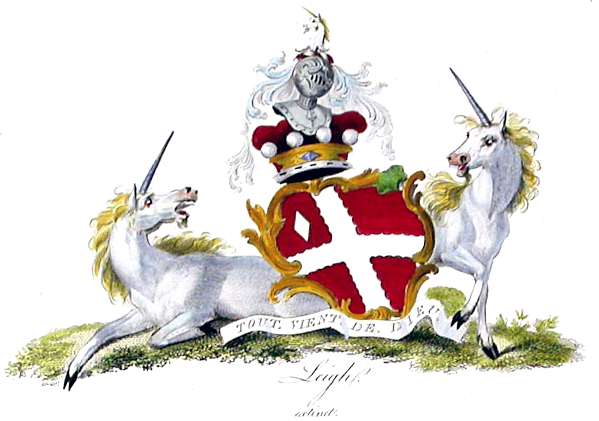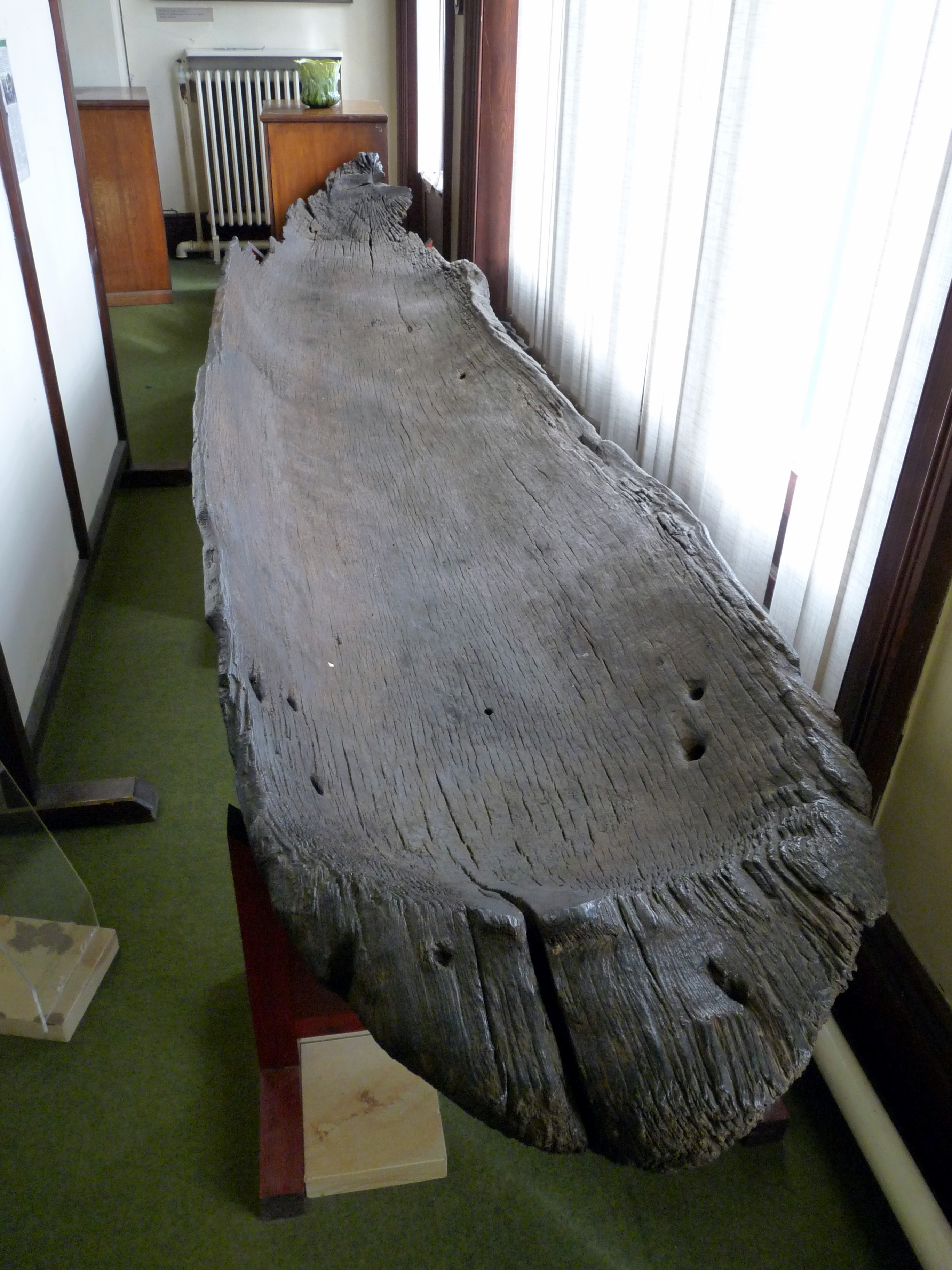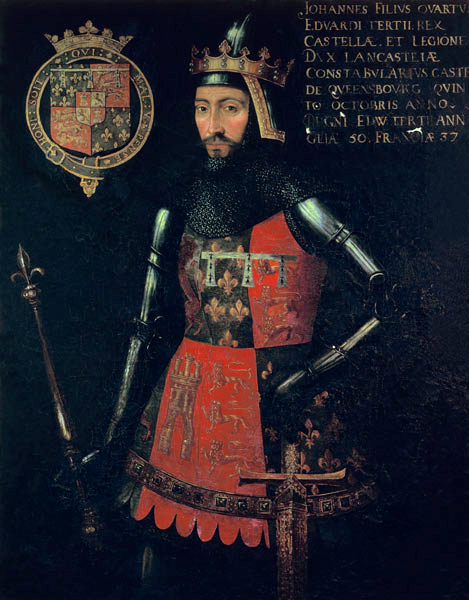|
Bank Hall
Bank Hall is a Jacobean mansion in Bretherton, Lancashire, England. It is a Grade II* listed building and is at the centre of a private estate, surrounded by parkland. The hall was built on the site of an older house in 1608 by the Banastres who were lords of the manor. The hall was extended during the 18th and 19th centuries. Extensions were built for George Anthony Legh Keck in 1832–1833, to the design of the architect George Webster. Legh Keck died in 1860 and the estates passed to Thomas Powys, 3rd Baron Lilford. The contents were auctioned in 1861 and the hall used as a holiday home and later leased to tenants. During the Second World War the Royal Engineers used it as a control centre. After the war the estate was returned to the Lilfords whose estate offices moved to the east wing of the house until 1972 when the house was vacated. The building was used as a location for the 1969 film '' The Haunted House of Horror''. The house was vandalised causing rapid deterior ... [...More Info...] [...Related Items...] OR: [Wikipedia] [Google] [Baidu] [Amazon] |
Listed Building
In the United Kingdom, a listed building is a structure of particular architectural or historic interest deserving of special protection. Such buildings are placed on one of the four statutory lists maintained by Historic England in England, Historic Environment Scotland in Scotland, in Wales, and the Historic Environment Division of the Department for Communities in Northern Ireland. The classification schemes differ between England and Wales, Scotland, and Northern Ireland (see sections below). The term has also been used in the Republic of Ireland, where buildings are protected under the Planning and Development Act 2000, although the statutory term in Ireland is "Record of Protected Structures, protected structure". A listed building may not be demolished, extended, or altered without permission from the local planning authority, which typically consults the relevant central government agency. In England and Wales, a national amenity society must be notified of any work to ... [...More Info...] [...Related Items...] OR: [Wikipedia] [Google] [Baidu] [Amazon] |
Borough Of Chorley
The Borough of Chorley is a local government district with borough status in Lancashire, England. It is named after the town of Chorley, which is an unparished area. The borough extends to several villages and hamlets including Adlington, Buckshaw Village, Croston, Eccleston, Euxton and Whittle-le-Woods. The neighbouring districts are West Lancashire, South Ribble, Blackburn with Darwen, Bolton and Wigan. History The town of Chorley had been governed by improvement commissioners from 1853. The commissioners were reconstituted as a local board in 1863. The board was in turn replaced in 1881 when the town was made a municipal borough. The modern district was created on 1 April 1974 under the Local Government Act 1972, covering the area of four former districts, which were all abolished at the same time: * Adlington Urban District * Chorley Municipal Borough * Chorley Rural District * Withnell Urban District The new district was named Chorley, and the borough status ... [...More Info...] [...Related Items...] OR: [Wikipedia] [Google] [Baidu] [Amazon] |
Motte And Bailey
A motte-and-bailey castle is a European fortification with a wooden or stone keep situated on a raised area of ground called a motte, accompanied by a walled courtyard, or bailey, surrounded by a protective ditch and palisade. Relatively easy to build with unskilled labour, but still militarily formidable, these castles were built across northern Europe from the 10th century onwards, spreading from Normandy and Anjou in France, into the Holy Roman Empire, as well as the Low Countries it controlled, in the 11th century, when these castles were popularized in the area that became the Netherlands. The Normans introduced the design into England and Wales. Motte-and-bailey castles were adopted in Scotland, Ireland, and Denmark in the 12th and 13th centuries. By the end of the 13th century, the design was largely superseded by alternative forms of fortification, but the earthworks remain a prominent feature in many countries. Architecture Structures A motte-and-bailey castle was ... [...More Info...] [...Related Items...] OR: [Wikipedia] [Google] [Baidu] [Amazon] |
St Mary's Church, Tarleton
St Mary's Church is a redundant Anglican church on the A59 road as it passes to the south of the village of Tarleton, Lancashire, England. It is recorded in the National Heritage List for England as a designated Grade II* listed building, and is under the care of the Churches Conservation Trust. It is described by the Churches Conservation Trust as a "picturesque early Georgian chapel" with "a lovely unspoiled interior". History The church was built on the site of a former chantry chapel, dedicated to St Helen, founded in about 1525. In the 1530s a hermitage in the chapelyard was occupied by Hugh Dobson of the Order of St Anthony. The chapel was sold to Sir Thomas Hesketh who demolished it. In 1719, Henrietta Maria Legh of Bank Hall, donated the land on which the church was built. The building costs were met by other benefactors. Legh and her heirs held the right, with the rector of Croston's approval, to nominate the curate but patronage of the church was subsequent ... [...More Info...] [...Related Items...] OR: [Wikipedia] [Google] [Baidu] [Amazon] |
Leghs Of Lyme
The Leghs of Lyme were a gentry family Ancestral seat, seated at Lyme Park in Cheshire, England, from 1398 until 1946, when the stately home and its surrounding Landscaped parkland, parkland were donated by the Baron Newton, 3rd Lord Newton to National Trust for Places of Historic Interest or Natural Beauty, The National Trust. Since the Middle Ages various spellings of this ancient surname have been used : Legh, a Lee, Leghe, Leigh and Leyghe; there were also variations on Peter, ''eg.'' Piers and Peers, the family's most oft-used given name. The first Sir Piers Legh, of Lyme Hall, Lyme, was knighted in 1397 and assumed as a coat of arms those of his mother, Matilda de Norley, in lieu of his ancient patrilineal High Legh#History, Leigh coat of arms, arms. For ease of distinguishing between the earlier generations, it became customary to append a Roman numerals, Roman numeral to the various Leghs of Adlington, Leghs' names; in this case the numbering system is as used in ''The N ... [...More Info...] [...Related Items...] OR: [Wikipedia] [Google] [Baidu] [Amazon] |
Lyme Park
Lyme Park is a large Estate (land), estate south of Disley, Cheshire, England. It is managed by the National Trust and consists of a mansion house surrounded by formal gardens and a Deer park (England), deer park in the Peak District National Park. The house is the largest in Cheshire and is recorded in the National Heritage List for England as a designated Grade I Listed building#England and Wales, listed building. The estate was granted to Sir Thomas d'Anyers in 1346 and passed to the Leghs of Lyme by marriage in 1388. It remained in the possession of the Legh family until 1946, when it was given to the National Trust. The house dates from the latter part of the 16th century. Modifications were made to it in the 1720s by Giacomo Leoni, who retained some of the Elizabethan architecture, Elizabethan features and added others, particularly the courtyard and the south range. It is difficult to classify Leoni's work at Lyme, as it contains elements of both Palladian ... [...More Info...] [...Related Items...] OR: [Wikipedia] [Google] [Baidu] [Amazon] |
Martin Mere
Martin Mere is a Mere (lake), mere near Burscough, in Lancashire, England, on the West Lancashire Coastal Plain. The mere is a vast marsh, around that was, until it was drained, the largest body of fresh water in England. History Martin Mere was formed at the end of the Last Glacial Period, last ice age, when water filled a depression in the Glacial Drift, glacial drift. Since then its size has varied as water levels have risen and fallen. The original giant lake can be seen on Christopher Saxton's map from 1579 and stretched from Rufford, Lancashire, Rufford in the east, to Churchtown, Merseyside, Churchtown (then known as North Meols) in the west. To the north of the lake were the villages of Mere Brow and Holmeswood, the site of Holmeswood Hall, built by the Heskeths as a hunting lodge. South of the lake was the Scarisbrick Hall estate, Martin Hall and Tarlefarwood, now known as Tarlscough. The mere originally drained out in two places; at the western end the arm of the me ... [...More Info...] [...Related Items...] OR: [Wikipedia] [Google] [Baidu] [Amazon] |
High Sheriff Of Lancashire
The High Sheriff of Lancashire is an ancient office, now largely ceremonial, granted to Lancashire, a county in North West England. High Shrievalties are the oldest secular titles under the Crown, in England and Wales. The High Sheriff of Lancashire is the representative of the monarch in the county, and is the "Keeper of The King's Peace" in the county, executing judgements of the High Court through an Under Sheriff. Throughout the Middle Ages, the High Sheriff was a powerful political position; the sheriffs were responsible for the maintenance of law and order and various other roles. Some of its powers were relinquished in 1547 as the Lord Lieutenant of Lancashire was instated to deal with military duties. It was in 1908 under King Edward VII of the United Kingdom that the Lord Lieutenant position became more senior than the High Sheriff. Since that time the High Sheriff has broadly become an honorific title, with many of its previous roles having been taken up by High Co ... [...More Info...] [...Related Items...] OR: [Wikipedia] [Google] [Baidu] [Amazon] |
Hearth Tax
A hearth tax was a property tax in certain countries during the medieval and early modern period, levied on each hearth, thus by proxy on wealth. It was calculated based on the number of hearths, or fireplaces, within a municipal area and is considered among the first types of progressive tax. Hearth tax was levied in the Byzantine Empire from the 9th century, France and England from the 14th century, and finally in Scotland and Ireland in the 17th century. History Byzantine Empire In the Byzantine Empire a tax on hearths, known as ''kapnikon'', was first explicitly mentioned for the reign of Nicephorus I (802–811), although its context implies that it was already then old and established and perhaps it should be taken back to the 7th century AD. Kapnikon was a tax levied on households without exceptions for the poor.Haldon, John F. (1997) ''Byzantium in the Seventh Century: the Transformation of a Culture''. Cambridge University Press. France In the 1340s especially, the K ... [...More Info...] [...Related Items...] OR: [Wikipedia] [Google] [Baidu] [Amazon] |
Christopher Saxton
Christopher Saxton (c. 1540 – c. 1610) was an English cartographer who produced the first county maps of England and Wales. Life and family Saxton was probably born in Sowood, Ossett in the parish of Dewsbury, in the West Riding of Yorkshire in either 1542 or 1544. His family subsequently moved to the hamlet of Dunningley near Tingley in the parish of Woodkirk where the Saxton name is recorded in 1567. It is speculated that Saxton may have attended the predecessor school to Queen Elizabeth Grammar School, Wakefield and also speculated that he was a student at Cambridge University but neither is corroborated. It is most likely that John Rudd, the vicar of Dewsbury and Thornhill, a keen cartographer passed his skills to Saxton. Saxton married and had three children. Robert, born in 1585, was his father's assistant in 1601 and drew a map of Snapethorpe in Wakefield when it was surveyed by his father. Robert was commissioned to survey Sandal Magna in 1607. Christopher Saxto ... [...More Info...] [...Related Items...] OR: [Wikipedia] [Google] [Baidu] [Amazon] |
Elizabeth I
Elizabeth I (7 September 153324 March 1603) was List of English monarchs, Queen of England and List of Irish monarchs, Ireland from 17 November 1558 until her death in 1603. She was the last and longest reigning monarch of the House of Tudor. Her eventful reign, and its effect on history and culture, gave name to the Elizabethan era. Elizabeth was the only surviving child of Henry VIII and his second wife, Anne Boleyn. When Elizabeth was two years old, her parents' marriage was annulled, her mother was executed, and Elizabeth was declared royal bastard, illegitimate. Henry Third Succession Act 1543, restored her to the line of succession when she was 10. After Henry's death in 1547, Elizabeth's younger half-brother Edward VI ruled until his own death in 1553, bequeathing the crown to a Protestant cousin, Lady Jane Grey, and ignoring the claims of his two half-sisters, Mary I of England, Mary and Elizabeth, despite statutes to the contrary. Edward's will was quickly set aside ... [...More Info...] [...Related Items...] OR: [Wikipedia] [Google] [Baidu] [Amazon] |
Charnock Richard
Charnock Richard is a small village and civil parish in the borough of Chorley, Lancashire, in England. The population of the civil parish taken at the 2011 census was 1,748. History The village was named in the early 13th century by the local landowner who gave the township his first name of Richard, to distinguish it from neighbouring Heath Charnock. The village is situated on the A49 road, which leads from Preston to Wigan. The manor house Park Hall dates from the 10th century. It was the home of Henry de Lea, who was beheaded with Adam Banastre on Leyland Moor in 1315, after the abortive Banastre Rebellion. Local amenities Charnock Richard Pasture is just off Freemans Lane, and is a Site of Special Scientific Interest. Charnock Richard Services, probably the area's most famous landmark, is a motorway service station, between Junctions 27 and 28 of the M6 Motorway. It was the first service station on the M6 when it opened in 1963 and is operated by Welcome Break. Next ... [...More Info...] [...Related Items...] OR: [Wikipedia] [Google] [Baidu] [Amazon] |









